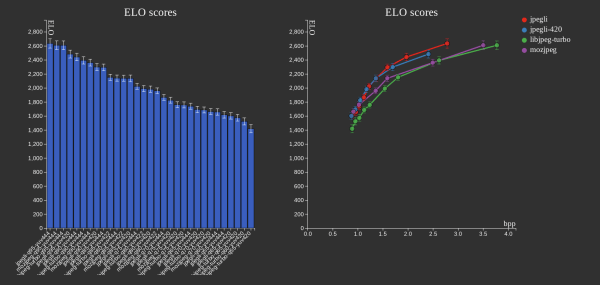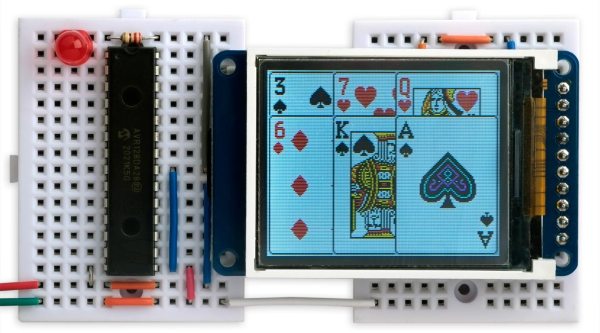Along with the rise of the modern World Wide Web came the introduction of the JPEG image compression standard in 1992, allowing for high-quality images to be shared without requiring the download of a many-MB bitmap file. Since then a number of JPEG replacements have come and gone – including JPEG 2000 – but now Google reckons that it can improve JPEG with Jpegli, a new encoder and decoder library that promises to be highly compatible with JPEG.
To be fair, it’s only the most recent improvement to JPEG, with JPEG XT being introduced in 2015 and JPEG XL in 2021 to mostly deafening silence, right along that other, better new image format people already forgot about: AVIF. As Google mentions in their blog post, Jpegli uses heuristics developed for JPEG XL, making it more of a JPEG XL successor (or improvement). Compared to JPEG it offers a higher compression ratio, 10+-bit support which should reduce issues like banding. Jpegli images are said to be compatible with existing JPEG decoders, much like JPEG XT and XL images.
Based on the benchmarks from 2012 by [Blobfolio] between JPEG XL, AVIF and WebP, it would seem that if Jpegli incorporates advancements from AVIF while maintaining compatibility with JPEG decoders out there, it might be a worthy replacement of AVIF and WebP, while giving JPEG a shot in the arm for the next thirty-odd years of dominating the WWW and beyond.













